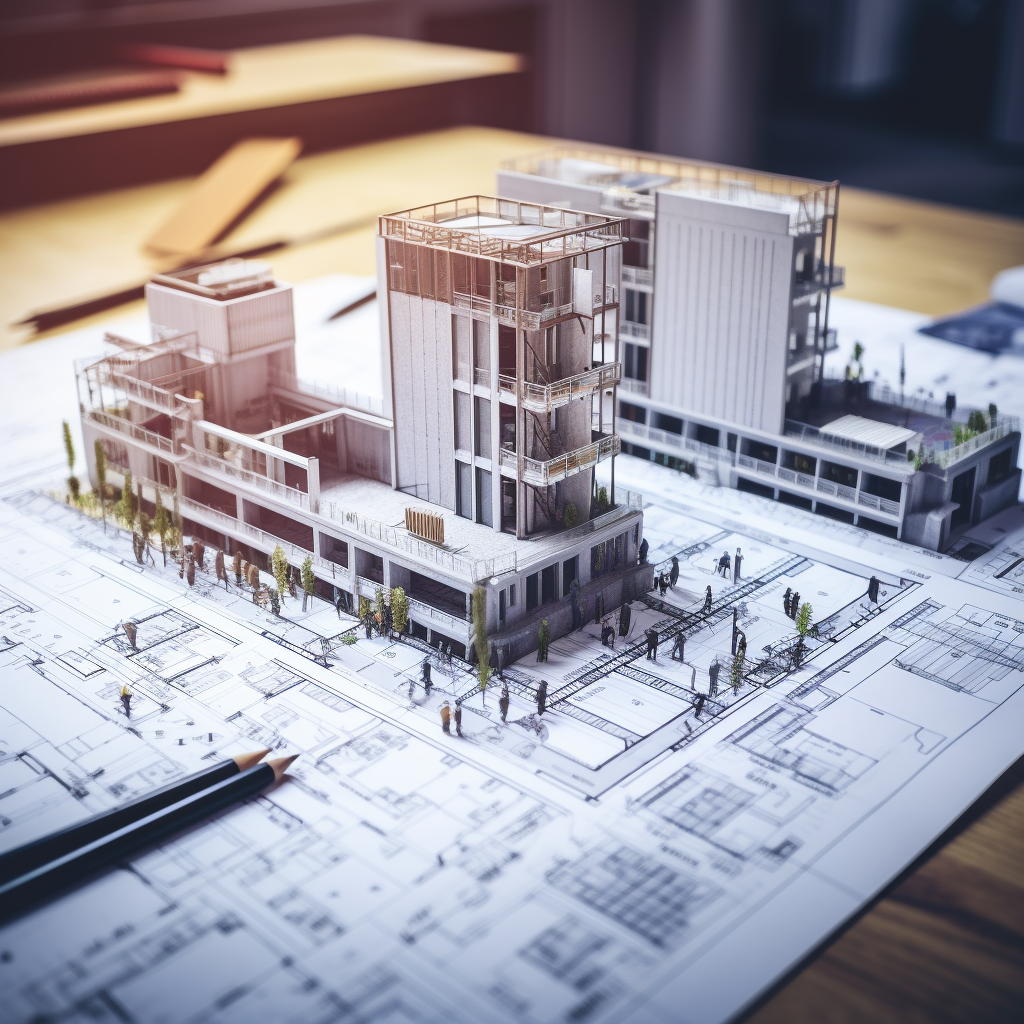“Effective regulation should protect consumers and the environment while allowing businesses to thrive.”— Christine Lagarde
Many readers may not be aware that Front Line Advisory Group also provides permit oversight and support for local municipalities. One question we frequently receive is: “What are the time and cost impacts on the permitting process for a normal home?”
Here, we explore The Impact of Permitting Costs and Durations on New Home Development and Pricing.
The Cost of Regulation in Home Construction
The construction of new single-family homes is a highly regulated process, with government regulations impacting every phase—from land development to final construction. According to a 2021 study by the National Association of Home Builders (NAHB), government regulations accounted for approximately 23.8% of the final price of a new single-family home. This percentage breaks down into two major categories: 10.5% from regulations imposed during the land development phase and 13.3% from regulations applied during actual construction. This translates to roughly $93,870 for a new home priced at $394,300.
Permitting Costs During Development and Construction
The permitting process significantly contributes to these regulatory costs. During development, developers must obtain zoning approvals, conduct environmental impact assessments, and comply with various local, state, and federal regulations. These processes can be both time-consuming and expensive, adding 6 to 16 months to a project’s timeline.
In the construction phase, builders navigate additional permitting requirements, including building permits, utility hookups, and inspections. On average, 3.1% of the final house price can be directly attributed to fees paid during construction. This includes costs for building permits, inspections, and impact fees, collectively increasing the overall cost of constructing a home.
Time Delays and Their Impact on Costs
Regulatory delays are another significant consequence of the permitting process. Delays during development average around 6 months, while construction delays add another 5 weeks. These delays increase the financial burden on developers and builders due to extended loan interest payments, holding costs, and additional project management expenses. When averaged across all new home projects, these delay costs account for approximately 0.6% of the final home price, or about $1,400 per home.
How Permitting Costs Drive Up Home Prices
The cumulative effect of permitting costs and delays substantially increases the final price of new homes. Regulatory costs associated with permitting, compliance, and delays can add nearly $20,000 to $30,000 to the price of a new home. These costs are often passed on to consumers, contributing to the overall affordability crisis in many housing markets.
Moreover, as regulatory requirements become more stringent over time, the cost burden on builders and developers continues to rise. The NAHB’s 2021 study found that changes to building codes and standards over the past decade have added an average of 6.1% to the cost of constructing a new home. These changes often include stricter energy efficiency standards, safety codes, and architectural design requirements, all of which further complicate the permitting process and increase costs.
Do Developers Disclose Permitting Costs?
Despite the significant impact of permitting on both the cost and timeline of new home construction, developers rarely publish detailed information about the percentage of total costs attributable to the permitting process. This lack of transparency is due to several factors:
- Competitive Concerns: Developers are often reluctant to disclose their cost structures, as doing so could undermine their negotiating position with subcontractors and suppliers.
- Complexity of Regulations: The regulatory landscape is highly fragmented, with different rules and requirements at the federal, state, and local levels. Quantifying the exact cost of compliance with each regulation is challenging, making accurate estimates difficult.
- Lack of Standardization: There is no industry-wide standard for reporting regulatory costs, further complicating efforts to provide consistent data on the impact of permitting.
While industry associations like the NAHB provide aggregate data on regulatory costs, individual developers typically do not disclose specific percentages of total costs attributable to permitting or other regulatory requirements. This opacity makes it difficult for consumers and policymakers to fully understand the cost drivers behind rising home prices.
Conclusion: Addressing the Permitting Challenge
Permitting costs and delays are significant factors driving up the price of new single-family homes. As regulatory requirements become more stringent, these costs will continue to rise, further exacerbating housing affordability challenges. While many regulations are necessary to ensure safety, environmental protection, and community well-being, the permitting process must be streamlined to reduce unnecessary delays and costs.
Policymakers can play a crucial role by simplifying the permitting process and reducing redundant or overly burdensome regulations. By doing so, they can help alleviate some of the cost pressures on developers and builders, ultimately making housing more affordable for consumers. Increased transparency around permitting costs could also foster better communication between developers, builders, and buyers, allowing for more informed decision-making and greater accountability in the homebuilding process.
At Front Line Advisory Group, we manage Capital Improvement programs to ensure they are completed on time and within budget. We make sure every dollar is used wisely to improve our community. For more information or to start your project, contact us at info@frontlineadvisorygroup.com.
Citation:
Emrath, P. (2016, May). Government Regulation in the Price of a New Home. Special Study for Housing Economics. National Association of Home Builders.












